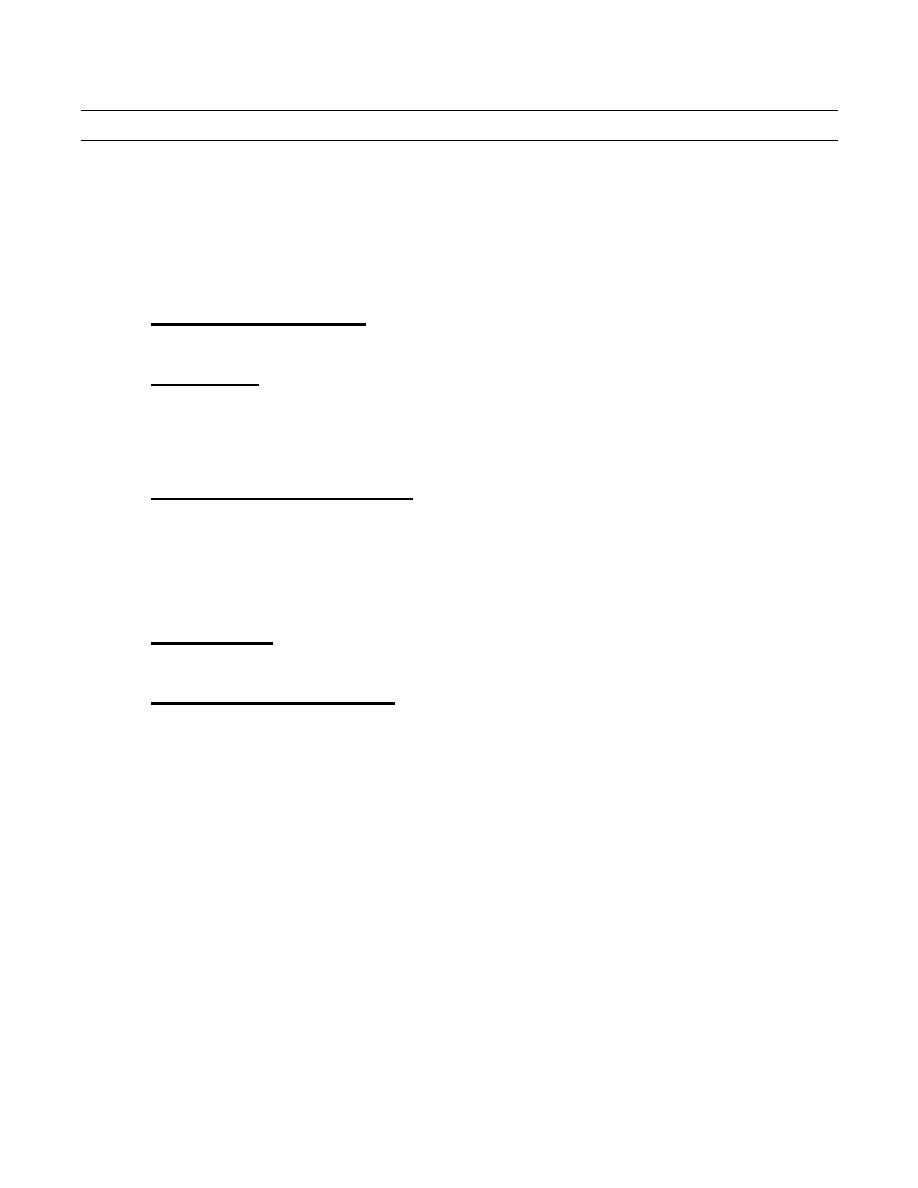 |
|||
|
|
|||
|
Page Title:
UNIT PREVENTIVE MAINTENANCE CHECKS AND SERVICES (PMCS) INTRODUCTION |
|
||
| ||||||||||
|
|
 TM 9-2320-303-24-1
UNIT PREVENTIVE MAINTENANCE CHECKS AND SERVICES (PMCS) INTRODUCTION
GENERAL
To ensure that the M915A4 vehicle is ready for operation at all times, it must be lubricated and inspected on a regular
basis so that defects may be found before they result in serious damage, equipment failure, or injury to personnel. This intro-
duction lists the types, amounts, and temperature ranges of the lubricants required for specified intervals. Table 1 contains sys-
tematic instructions on lubrications, inspections, adjustments, and corrections to be performed by Unit Maintenance to keep
the vehicle in good operating condition and ready for its primary mission.
EXPLANATION OF TABLE ENTRIES
Item Number (Item No.) Column. Numbers in this column are for reference. When completing DA Form 2404
a.
(Equipment Inspection and Maintenance Worksheet), include the item number for the check/service indicating a
fault. Item numbers also appear in the order you must perform checks and services for the interval listed.
Interval Column. This column tells you when you must perform the procedure in the procedure column. Intervals
b.
are based on calender.
(1)
Quarterly procedures must be done once every three months.
(2)
Semiannual procedures must be done once every six months.
(3)
Annual procedures must be done once each year.
c.
Location, Item to Check/Service Column. This column identifies the location and the item to be checked or ser-
viced.
NOTE
The WARNINGs and CAUTIONs appearing in your PMCS table should always be observed. WARNINGs
and CAUTIONs appear before applicable procedures. These WARNINGs and CAUTIONs must be
observed to prevent serious injury to yourself and others or to prevent your equipment from being damaged.
Procedure Column. This column gives the procedure you must perform to check or service the item listed in the
d.
Item to Check/Service column to know if the equipment is ready or available for its intended mission or for opera-
tion. You must perform the procedure at the time stated in the interval column.
Not Fully Mission Capable if: Column. Information in this column tells you what fault will keep your equipment
e.
from being capable of performing its primary mission. If you make check and service procedures that show faults
listed in this column, the equipment is not mission-capable. Follow standard operating procedures for maintaining
the equipment or reporting equipment failure.
GENERAL LUBRICATION PROCEDURES
a.
Recommended intervals are based on normal conditions of operation, temperature, and humidity. When operating
under extreme conditions, such as high or low temperatures, fording in water over 20 inches deep, or exposure to
sand or dust, lubricants should always be changed more frequently. Lubricants that have become contaminated will
be changed regardless of interval. When in doubt, notify your supervisor.
b.
Keep all lubricants in a closed container and store in a clean, dry place away from extreme heat. Keep container
covers clean and do not allow dust, dirt, or other foreign material to mix with lubricants. Keep all lubrication
equipment clean and ready for use.
c.
Maintain a good record of all lubrication performed and report any problem noted during lubrication. Refer to DA
Pam 738-750 for maintenance forms and procedures to record and report any findings.
d.
Keep all external parts of equipment not requiring lubrication free of lubricants. Before lubrication, wipe lubrica-
tion fittings with a clean rag. After lubrication, wipe off excess oil or grease to prevent accumulation of foreign
matter.
e.
Refer to FM 9-207 for lubrication instructions in cold weather.
f.
Refer to AR 70-12 for use of standardized fuels and lubricants.
|
|
Privacy Statement - Press Release - Copyright Information. - Contact Us |